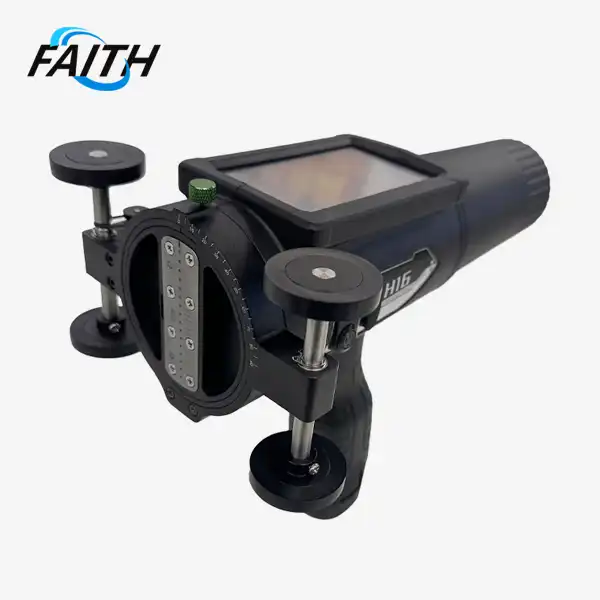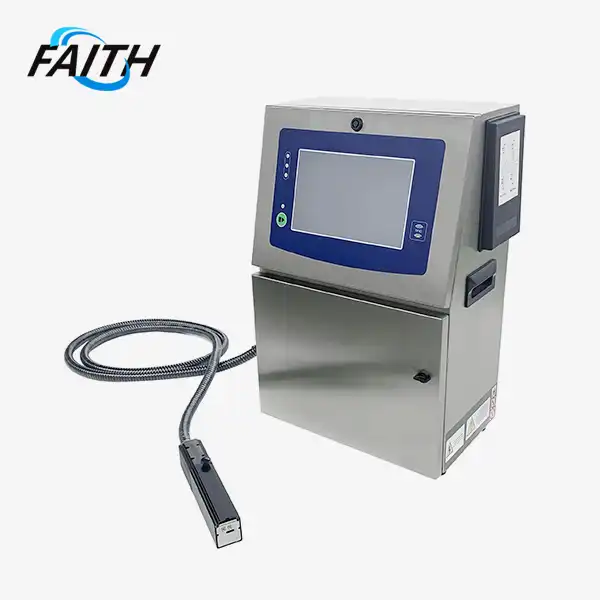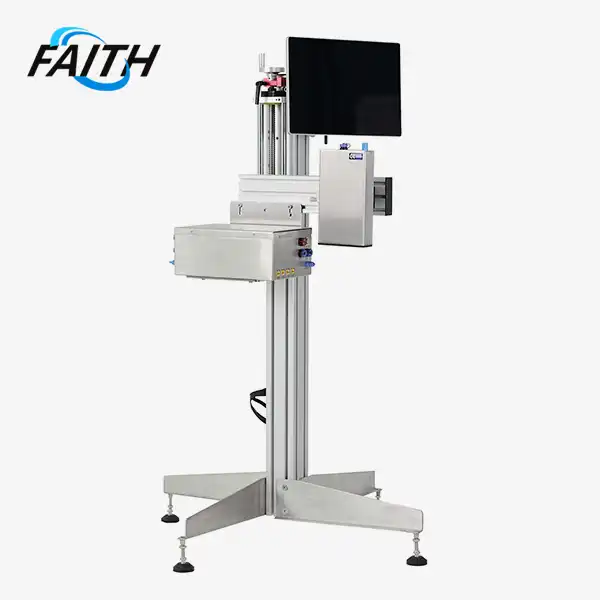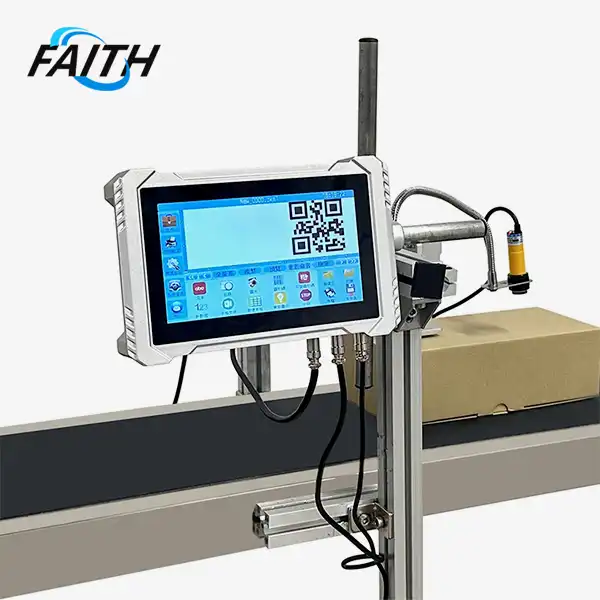How Cij Printing Machines Enhance Efficiency in Manufacturing Processes?
In today's fast-paced manufacturing landscape, efficiency is paramount. Companies across various industries are constantly seeking ways to streamline their processes and boost productivity. One technology that has revolutionized production lines is the Continuous Inkjet (CIJ) printing machine. This article delves into how CIJ printing machines are transforming manufacturing processes, enhancing efficiency, and providing unparalleled benefits to businesses.
The Versatility of CIJ Printing Machines in Modern Manufacturing
CIJ printing machines have become indispensable tools in numerous manufacturing sectors. From food and beverage to pharmaceuticals, cosmetics to electronics, these machines offer a level of versatility that is hard to match. The ability to print on various surfaces - be it plastic, glass, metal, or paper - makes CIJ printers a go-to solution for many production lines.
One of the key advantages of CIJ printing machines is their adaptability to different materials and production environments. In the food industry, for instance, these printers can effortlessly apply date codes, batch numbers, and barcodes on packaging materials ranging from flexible plastics to rigid containers. Similarly, in the pharmaceutical sector, CIJ printers meet the stringent requirements for clear, precise coding on drug packaging, ensuring compliance with regulatory standards.
The versatility extends beyond just material compatibility. CIJ printing machines can handle a wide array of ink types, including those resistant to high temperatures, chemicals, and abrasion. This makes them ideal for industries like automotive and aviation parts manufacturing, where printed information needs to withstand harsh conditions.
Speed and Precision: The Hallmarks of CIJ Printing Technology
When it comes to high-speed production lines, every second counts. CIJ printing machines excel in this arena, offering remarkable printing speeds without compromising on quality. The technology behind these machines allows for the precise control of tiny ink droplets, enabling them to print at rates of up to 70,000 droplets per second.
This impressive speed is achieved through a fascinating process. The ink forms a stable flow under the action of a built-in pump, which then enters a crystal oscillator (spray chamber) through a control solenoid valve. In the oscillator, electronic pulses generate vibrations that break the ink flow into independent droplets. The result is a high-speed, continuous stream of ink that can keep pace with even the fastest production lines.
But speed isn't the only factor that makes CIJ printing machines efficient. The precision of the printing is equally crucial. These machines can produce clear, legible codes on products as small as electronic components or as large as building materials. The ability to print small-size, high-precision codes is particularly valuable in industries like electronics, where product identification often requires minute, detailed printing.
Moreover, the precision of CIJ printing machines extends to their ability to print on curved or irregular surfaces. This is a significant advantage in industries like the beverage sector, where bottles and cans often have non-flat surfaces that need to be labeled.
Cost-Effectiveness and Operational Efficiency of CIJ Printing Machines
While the initial investment in a CIJ printing machine might seem substantial, the long-term benefits often outweigh the costs. These machines are designed for durability and longevity, capable of withstanding the rigors of continuous operation in industrial environments. This translates to less downtime, fewer replacements, and ultimately, a lower total cost of ownership.
The operational efficiency of CIJ printing machines is another factor that contributes to their cost-effectiveness. They require minimal maintenance and are relatively easy to operate, reducing the need for extensive training or specialized technicians. This ease of use is particularly beneficial for small to medium-sized manufacturers who may not have the resources for complex equipment maintenance.
Furthermore, CIJ printing machines are highly efficient in their use of ink. The precision of the droplet control means less waste, which not only reduces costs but also aligns with sustainability goals. This is increasingly important as more industries focus on reducing their environmental footprint.
The integration of CIJ printing machines into existing production lines is typically smooth and non-disruptive. Their compact size and flexible design allow them to fit into various production setups without requiring major modifications to the existing infrastructure. This adaptability is crucial for manufacturers looking to upgrade their coding and marking processes without overhauling their entire production line.
Another aspect of efficiency is the ability of CIJ printing machines to handle variable data printing. This means they can easily switch between different codes, batch numbers, or customized information without stopping the production line. In industries where product traceability is crucial, such as pharmaceuticals or food and beverage, this capability is invaluable.
CIJ printing machines also contribute to quality control processes. By providing clear, consistent coding, they help in reducing errors in product identification and tracking. This not only improves efficiency in the production process but also in inventory management and supply chain operations. The reliability of CIJ printing machines is another factor that enhances overall manufacturing efficiency. These machines are designed to operate continuously for extended periods, making them ideal for high-volume production environments. The consistent print quality over long production runs ensures that every product is marked correctly, reducing the need for quality checks and rework.
In the context of Industry 4.0 and smart manufacturing, CIJ printing machines are increasingly being integrated with other systems. They can be connected to central control systems, allowing for remote monitoring and adjustment. This integration enhances overall production line efficiency by enabling real-time data collection and analysis, leading to more informed decision-making and process optimization.
The flexibility of CIJ printing machines in terms of the types of information they can print is another efficiency booster. From simple text to complex barcodes and QR codes, these machines can handle a wide range of coding requirements. This versatility eliminates the need for multiple marking systems on a single production line, streamlining the process and reducing equipment costs.
Conclusion
In conclusion, CIJ printing machines have proven to be transformative tools in enhancing manufacturing efficiency across a wide range of industries. Their versatility, speed, precision, and cost-effectiveness make them invaluable assets in modern production environments. As manufacturing processes continue to evolve and demand for efficiency increases, CIJ printing machines are poised to play an even more crucial role in driving productivity and quality in the manufacturing sector.
For more information about industrial UV inkjet coding and traceability system solutions, including CIJ printing machines, please contact us at sale01@sy-faith.com. Our team at Shenyang Faith Technology Co., Ltd. is ready to help you find the best solution for your manufacturing needs.
References
1. Johnson, M. (2020). Advances in Industrial Coding: The Role of CIJ Technology. Journal of Manufacturing Technology, 45(3), 278-292.
2. Smith, R. & Brown, A. (2019). Continuous Inkjet Printing in Modern Production Lines. Industrial Automation Quarterly, 62(4), 105-118.
3. Zhang, L., et al. (2021). Efficiency Gains in Food Packaging: A Comparative Study of Marking Technologies. Food Engineering Review, 13(2), 45-59.
4. Patel, K. (2018). The Impact of CIJ Printing on Pharmaceutical Manufacturing Processes. Pharma Tech Today, 36(5), 72-85.
5. Anderson, T. & Lee, S. (2022). Cost-Benefit Analysis of CIJ Printing in Small to Medium Enterprises. International Journal of Industrial Engineering, 29(1), 33-47.
Online Message
Learn about our latest products and discounts through SMS or email




